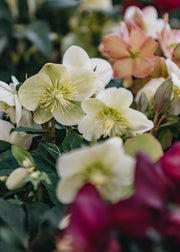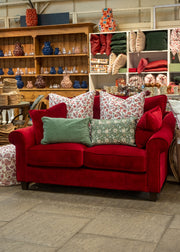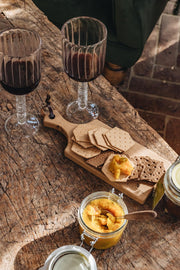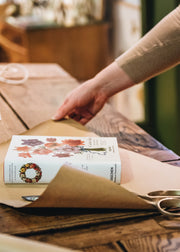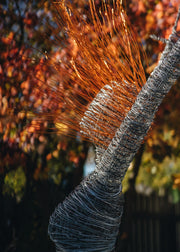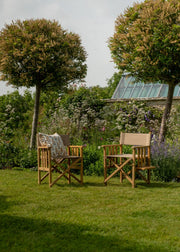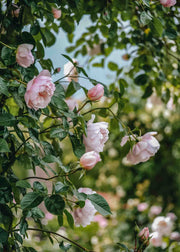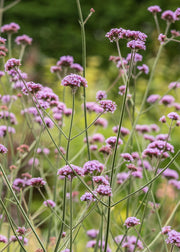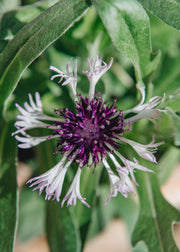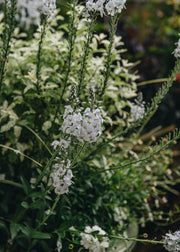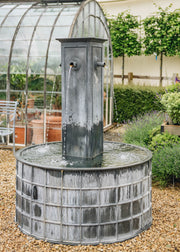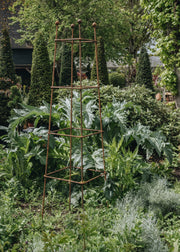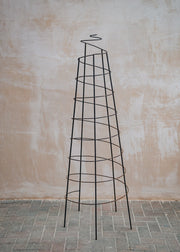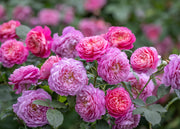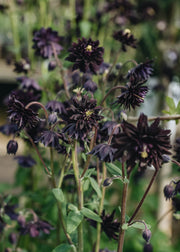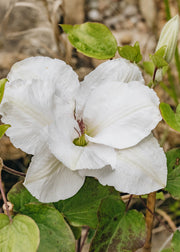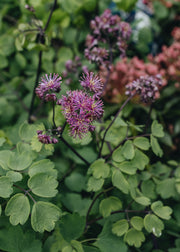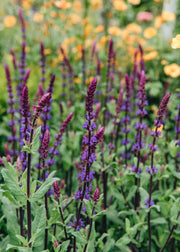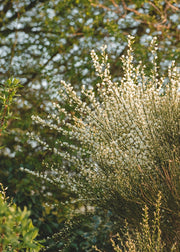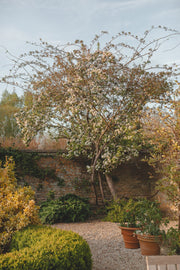RHS Chelsea Flower Show: Judging Explained
As the much awaited annual Chelsea Flower Show continues and we remain enthralled with the innumerable extraordinary horticultural displays, we have prepared a guide for the keen and curious minds to demystify how these spectacular gardens are marked. Every aspect of the gardens are considered in the assessment, from plant choices to the structures they sit alongside, and so these guidelines also make for a helpful starting point when it comes to designing our own gardens at home.

Gold Medal Winner, The WaterAid Garden, designed by Tom Massey and Je Ahn
Each garden is marked against a set of standard criteria, bearing in mind the initial garden brief submitted by the designer in advance of the show. These criteria are as follows:
Chelsea offers a space for the horticultural imagination to run wild, and the judges will analyse each creation’s originality, assessing the drama and impact of the design.
Blooms that dazzle
It is important to consider a designer's attention to the finer details, and assess whether each of the garden’s elements are unified.
With so many materials being used, and the use of walkways, water features and sculpture alongside the plants themselves, the judges need to assess the overall quality of the build as a whole.
Chelsea at home
Many of the gardens are designed with a future home in mind beyond Chelsea, such as hospital or community gardens, whilst others propose inspiration for specific uses, such as Kitchen Gardens and wild planting. When marking, the judges consider if each garden would successfully operate for its proposed purpose.
Taking the starring role, we all love Chelsea for the inspiring planting schemes. In the marking, the plants' composition, health and colour will all be considered, as well as an assessment as to whether the arrangement would thrive well together in a real garden (e.g. not mixing up different plant’s soil acidity, aspect or sunshine needs).

Best Show Garden, Muscular Dystrophy UK – Forest Bathing Garden, designed by Ula Maria

Best Show Garden, Muscular Dystrophy UK – Forest Bathing Garden, designed by Ula Maria
Prior to assessing each of the above factors, the judges hear a short presentation from the designer to highlight any changes or developments to the brief, and upon evaluating, one of the following marks are provided; Excellent (four points), Very Good (three points), Good (two points), Poor (one point), and Unsatisfactory (zero). The garden with the highest score will win Best in Show.
At Burford, we have followed a similar strategy of presenting our plants together in a way that not only appeals to the eye, but would also flourish beautifully and effectively when planted together. From assembling perennials and herbaceous plants, to companion planting such as piecing together an array of salvias, geraniums and nepetas in amongst an impressive rose display, our drive is to present plants in myriad innovative and inspiring ways, whilst also considering their health and shared needs.

Silver Gilt Medal Winner, Terrence Higgins Trust Bridge to 2030 Garden, designed by Matthew Childs

Silver Medal Winner, Flood Re: The Flood Resilient Garden, designed by Naomi Slade and Dr Ed Barsley



